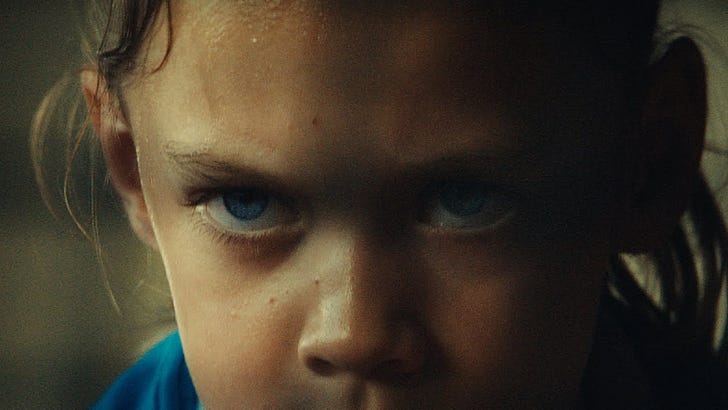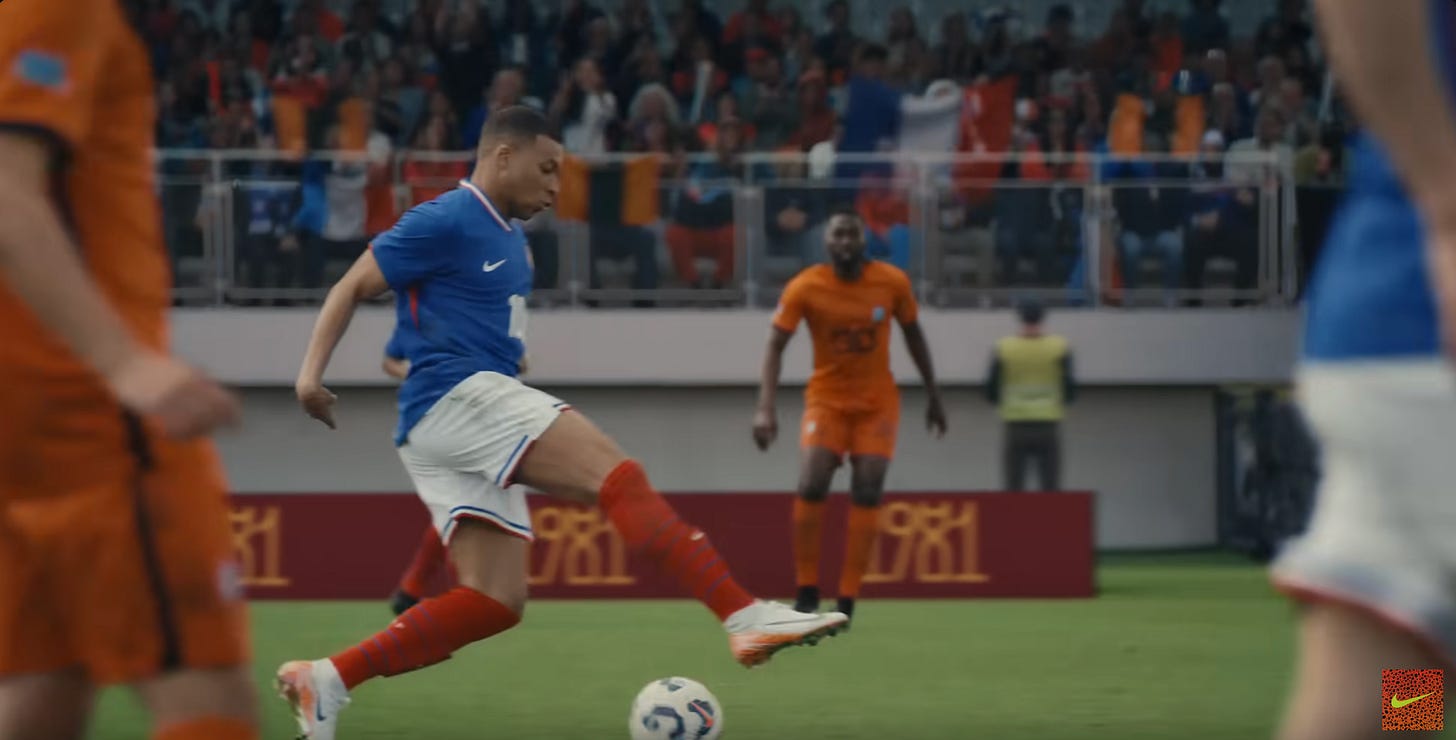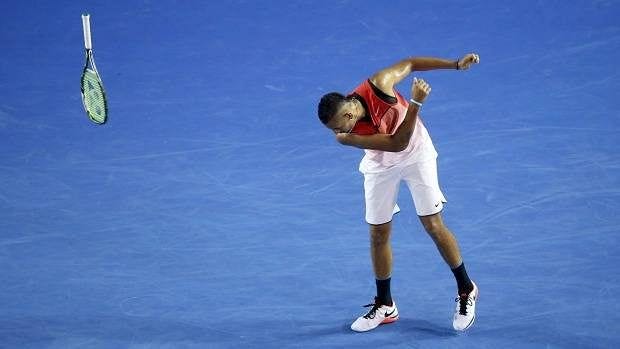Thirteen days ago, Nike came out with a bold advertisement that questions what it means to be “a bad person” in sports competition.
The advertisement featured notable athletes such as Lebron James, Serena Williams, Mbappe, and Kobe Bryant dominating their opponents in a way that’s intended to show their ferociousness and implacable spirit. The frames are fast-paced, frenetic, and historical. Kobe’s clutch buzzer-beating shots are known to all who’ve watched him do the impossible by riling himself up and making enemies of his opponents to make his goal of domination palpable.
Willem Dafoe’s voice is at the forefront of the viewer’s focus as he uses his iconic, villainous voice to question, vicariously through the athletes, if his tenacity, selfishness, and eagerness to win at all costs make him a bad person.
With superstar athletes and compelling imagery, Nike answers Dafoe’s question with a very persuasive “no,” but not without marked flaws that dampen its strategic effect. Here is why Nike’s new commercial works and what could be improved.
Why It Works
Recognizable athletes
Some easy marketing tactics in this commercial really work for Nike. Having a huge arsenal of notable athletes easily appeals to fans of those athletes, and framing these athletes as bad persons invites viewers to consider Dafoe’s ethically grey persuasion.
Any fan knows that Lebron is always on referees whenever he doesn’t get his way, Kobe will selfishly take umbrage in the final pivotal moments of a game, and Mbappe will blast through the defense with his speed rather than slow the game down by passing the ball back to his teammates.
Each of these athletes will push the envelope of sportsmanship to take the lead, and for good reason: these are winning athletes. Everyone comes to see these players win, and they know it takes every bit of advantage to win.
A change in perspective
The very idea of trying something new in marketing by tapping into the misunderstood state of mind of highly competitive athletes is a boon to jaded viewers who are fed passive symbols of fairness and preserving an even playing field at all costs.
If Serena Williams is shown to do whatever it takes to win, then viewers may be inspired to do the same for themselves. Nike is presenting itself front and center as the company that stands behind the cutthroat elite who will do what it takes to be the best. By extension, Nike is encouraging its fans to feel as a part of the cutthroat elite.
What Could Be Improved
Nike needs a more persuasive narrator
Willem Dafoe as the narrator, however, was not the right choice. When you hear his voice, you are very likely to think of his villainous roles, The Green Goblin in Spider-Man or the tempted lighthouse keeper in The Lighthouse. After all, Dafoe’s villainous characters are the reason why Nike committed him to this role. The viewer is supposed to recognize in him someone we did not originally empathize with but who we are supposed to empathize with now.
The problem with this line of reasoning is that Willem Dafoe’s popular villain-characters are evil all the way through and lose the trail of empathy that’s intended. Even in the latest Spider-Man movie, Dafoe’s Green Goblin turned out to be evil even after being given a chance at redemption. If Dafoe is still seen as evil all the way through, what makes his voice right for seeing an athlete’s hellbent competitiveness as a good thing?
Perhaps a better narrator would have been a superhero with dark methods, like Batman or Daredevil. Both of these superheroes have voices just as recognizable as Willem Dafoe’s evil characters and offer a clean parallel to Nike’s exemplary athletes.
Nike chose the wrong athletes
There’s something to say about reframing bad sportsmanship and not choosing the most contentious athletes under Nike’s payroll.
Kevin Durant, one of the most beloved and villainized athletes in sports, snubs Nike for not inviting him onto the campaign. More so than most of the athletes in the commercial, Durant represents ruthlessness and ego-motivated behavior.
Fans of the NBA can recall Durant switching teams constantly to improve his rankings, putting himself in a position to be fouled forcefully, and getting into fights with his teammates (e.g. Draymond Green). Since the snub, Nike has tacitly offered to add Durant to the campaign.
Another perfect example of a “bad person” athlete is Nike’s own Nick Kyrgios, tennis’s bad boy. Since his rise into professional tennis, Kyrgios has gained a negative reputation for fighting with the umpire over contentious calls, telling the audience to shut up during the point, and playing a style of tennis that emphasizes showmanship and distraction. Kyrgios himself has even said that tennis is too focused on the gentleman’s way of playing and invokes basketball’s culture as an inspiration for his style of play. So why not use him?
It’s as though, by not adding these athletes, Nike does not fully believe in its message. Nike already sponsors real bad persons in sports entertainment who have large fanbases. Nobody better could campaign the misperceptions of winning at all costs than the ones who promote winning at all costs.
Conclusion
Nike’s bold commercial is a boon to watch and rightfully challenges a growing culture of sportsmanship above competitiveness. With some of the world’s most recognizable characters and a curious, new perspective on what it means to win, Nike is really onto something that surely will lead to profitability.
Superstar athletes not featured, such as Kevin Durant, could strengthen the commercial’s message by toying with the idea of adding him to the commercial’s next version, which there undeniably will be. Nike’s campaign would also benefit by adding Nick Kyrgios to solidify the campaign's authenticity.
If Nike just tweaks a little bit the message’s delivery, it could just about have a perfect marketing campaign.
google-site-verification: google470d97bef9e72900.html








